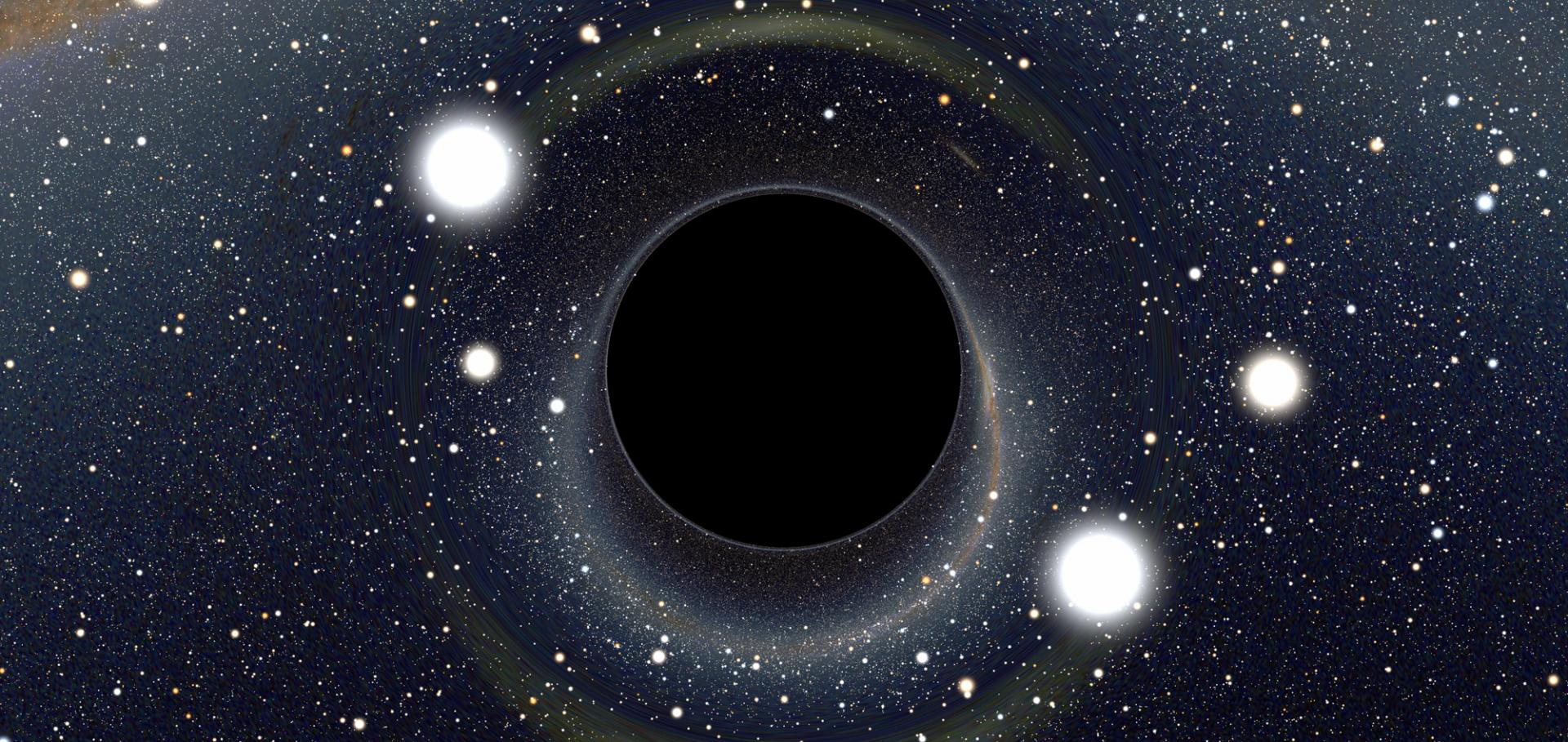Results from the Pan-STARRS search for kilonovae: contamination by massive stellar outbursts
Monthly Notices of the Royal Astronomical Society Oxford University Press 542:2 (2025) 541-559
Abstract:
We present results from the Pan-STARRS optical search for kilonovae without the aid of gravitational wave and gamma-ray burst triggers. The search was conducted from 2019 October 26 to 2022 December 15. During this time, we reported 29 740 transients observed by Pan-STARRS to the IAU Transient Name Server. Of these, 175 were Pan-STARRS credited discoveries that had a host galaxy within 200 Mpc and had discovery absolute magnitudes . A subset of 11 transients was plausibly identified as kilonova candidates by our kilonova prediction algorithm. Through a combination of historical forced photometry, extensive follow-up, and aggregating observations from multiple sky surveys, we eliminated all as kilonova candidates. Rapidly evolving outbursts from massive stars (likely to be Luminous Blue Variable eruptions) accounted for 55 per cent of the subset’s contaminating sources. We estimate the rate of such eruptions using the Asteroid Terrestrial-impact Last Alert System 100 Mpc volume-limited survey data. As these outbursts appear to be significant contaminants in kilonova searches, we estimate contaminating numbers when searching gravitational wave skymaps produced by the LIGO-Virgo-Kagra science collaboration during the Rubin era. The Legacy Survey of Space and time, reaching limiting magnitudes of , could detect 2–6 massive stellar outbursts per 500 deg within a 4-d observing window, within the skymaps and volumes typical for binary neutron star mergers projected for Ligo-Virgo-Kagra Observing run 5. We conclude that while they may be a contaminant, they can be photometrically identified.EP 250108a/SN 2025kg: Observations of the Most Nearby Broad-line Type Ic Supernova Following an Einstein Probe Fast X-Ray Transient
The Astrophysical Journal Letters American Astronomical Society 988:1 (2025) L13
Abstract:
With a small sample of fast X-ray transients (FXTs) with multiwavelength counterparts discovered to date, their progenitors and connections to γ-ray bursts (GRBs) and supernovae (SNe) remain ambiguous. Here, we present photometric and spectroscopic observations of SN 2025kg, the SN counterpart to the FXT EP 250108a. At z = 0.17641, this is the closest known SN discovered following an Einstein Probe (EP) FXT. We show that SN 2025kg’s optical spectra reveal the hallmark features of a broad-lined Type Ic SN. Its light-curve evolution and expansion velocities are comparable to those of GRB-SNe, including SN 1998bw, and two past FXT-SNe. We present JWST/NIRSpec spectroscopy taken around SN 2025kg’s maximum light, and find weak absorption due to He I 1.0830 μm and 2.0581 μm and a broad, unidentified emission feature at ∼4–4.5 μm. Further, we observe broadened Hα in optical data at 42.5 days that is not detected at other epochs, indicating interaction with H-rich material. From its light curve, we derive a 56Ni mass of 0.2–0.6 M⊙. Together with our companion Letter, our broadband data are consistent with a trapped or low-energy (≲1051 erg) jet-driven explosion from a collapsar with a zero-age main-sequence mass of 15–30 M⊙. Finally, we show that the sample of EP FXT-SNe supports past estimates that low-luminosity jets seen through FXTs are more common than successful (GRB) jets, and that similar FXT-like signatures are likely present in at least a few percent of the brightest Type Ic-BL SNe.Results from the Pan-STARRS Search for Kilonovae: Contamination by Massive Stellar Outbursts
(2025)
SN 2024abfo: A partially stripped type II supernova from a yellow supergiant
Astronomy & Astrophysics EDP Sciences 698 (2025) a129

